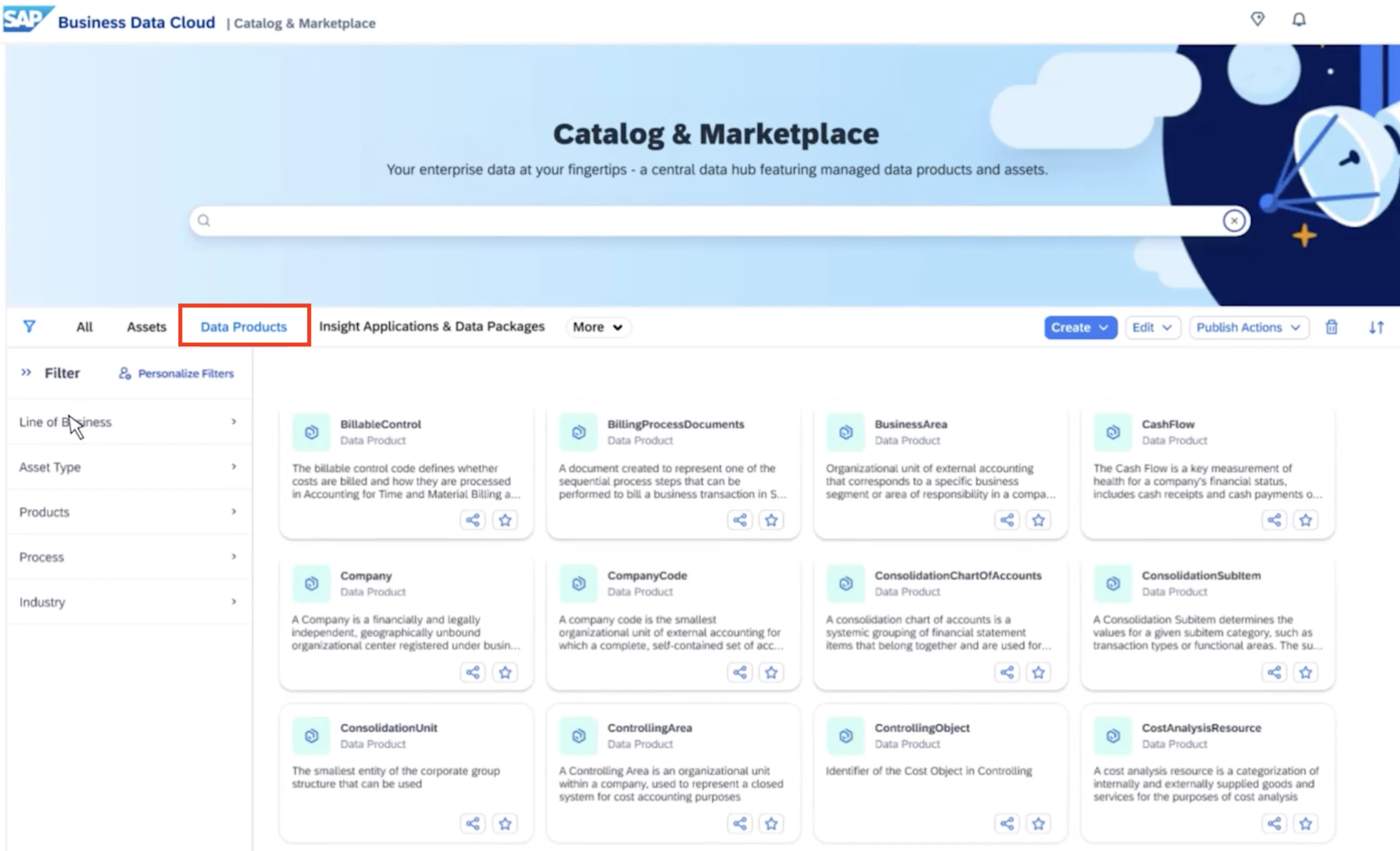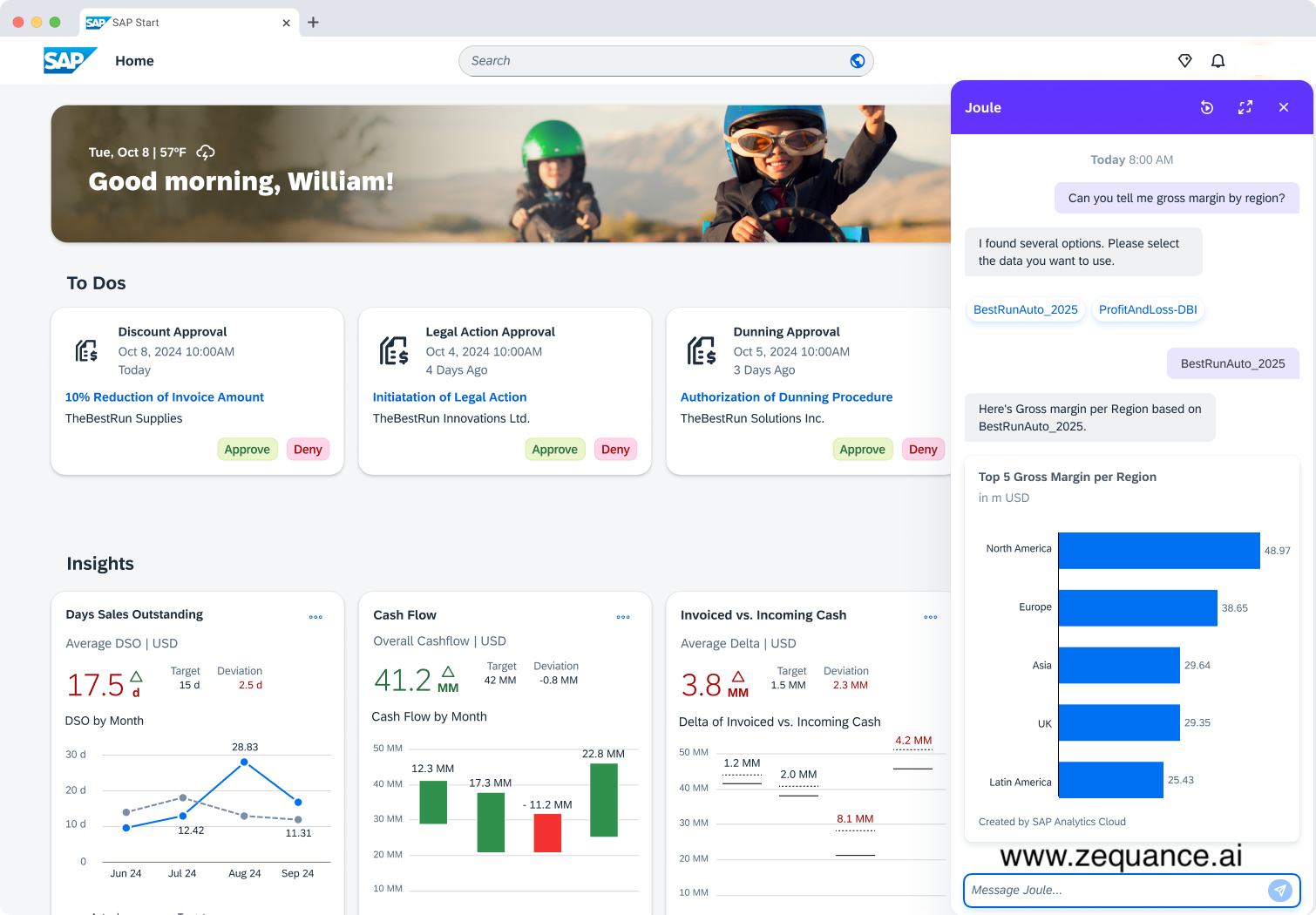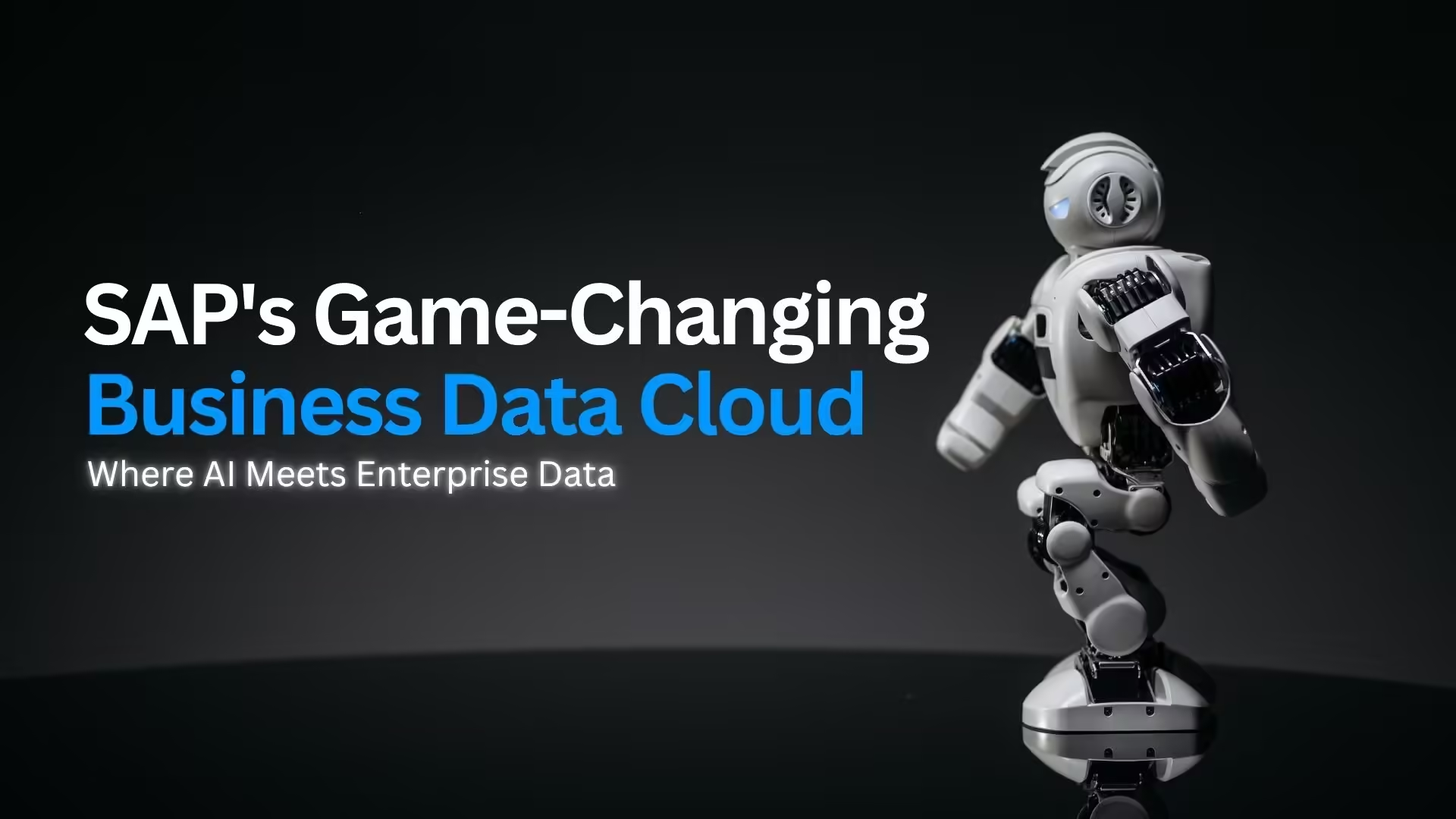SAP’s Game-Changing Business Data Cloud: Where AI Meets Enterprise Data
In a significant move to address the growing complexity of enterprise data management, SAP has unveiled its latest innovation: SAP Business Data Cloud (BDC). This comprehensive Software-as-a-Service (SaaS) solution marks a pivotal shift in how organizations can harness their data assets for AI-driven decision-making and business innovation.
Bridging the Enterprise Data Gap
Organizations today face a critical challenge: their valuable data often remains siloed across various systems, both SAP and non-SAP, limiting its potential impact on business decisions. SAP Business Data Cloud addresses this challenge head-on by offering a unified platform that brings together disparate data sources under a single, manageable ecosystem.

A Comprehensive Solution Built for the Future
The platform’s architecture is designed with several groundbreaking features that set it apart:
Unified Data Foundation
At its core, SAP Business Data Cloud serves as a centralized repository that consolidates enterprise data from multiple sources. This unified approach ensures that organizations can access, manage, and utilize their data assets more effectively, regardless of origin. The platform’s ability to maintain data quality while integrating diverse sources addresses one of the most persistent challenges in enterprise data management.
Advanced Analytics and AI Integration
Through its strategic partnership with Databricks, SAP Business Data Cloud incorporates sophisticated data engineering and machine learning capabilities. This integration enables organizations to:
– Process complex data sets with advanced engineering tools
– Develop and deploy machine learning models efficiently
– Combine unstructured data with structured business data in a harmonized model
Innovation through Data Products

One of the most compelling aspects of SAP Business Data Cloud is its introduction of a data product economy. The platform delivers fully managed data products across various business processes, including:
– Finance and spending data from SAP S/4HANA
– Supply chain information from SAP Ariba
– Learning and talent data from SAP SuccessFactors
These data products maintain their original business context and semantics, eliminating the need for costly extraction processes while ensuring data quality and relevance.
Enhancing AI Capabilities
The platform’s significance in the AI landscape cannot be overstated. SAP Business Data Cloud serves as a fundamental building block for enterprise AI initiatives by:
Strengthening Data Foundation for LLMs
A critical advancement in the platform is its ability to make enterprise data accessible to Large Language Models (LLMs). This is particularly significant because even the most sophisticated LLMs are only as effective as the data they can access. By providing a single source of truth, SAP Business Data Cloud ensures that AI models can learn from and utilize high-quality, consolidated enterprise data.
Empowering Joule AI Copilot
SAP’s generative AI copilot, Joule, receives a significant boost through Business Data Cloud. Powered by high-quality enterprise datasets and the SAP Knowledge Graph, Joule agents can now:
– Understand end-to-end processes more effectively
– Collaborate across different business functions
– Address complex business challenges with greater accuracy

Looking Ahead
With its controlled general availability scheduled for Q1 2025, SAP Business Data Cloud represents more than just a new product launch—it’s a strategic enabler for organizations looking to accelerate their digital transformation journey.
By providing a unified platform for data management, analytics, and AI integration, SAP BDC positions itself as a crucial tool for organizations aiming to remain competitive in an increasingly data-driven business landscape.
The platform’s comprehensive approach to data management, combined with its advanced AI capabilities and strategic partnership with Databricks, makes it a compelling solution for enterprises looking to unlock the full potential of their data assets while preparing for an AI-driven future.
Stay tuned for a hands-on tutorial soon!
P.S If you’re keen to grow your SAP career with AI Expertise irrespective of your SAP domain checkout this SAP AI Masterclass on Udemy crafted by Ex-SAP employees!



